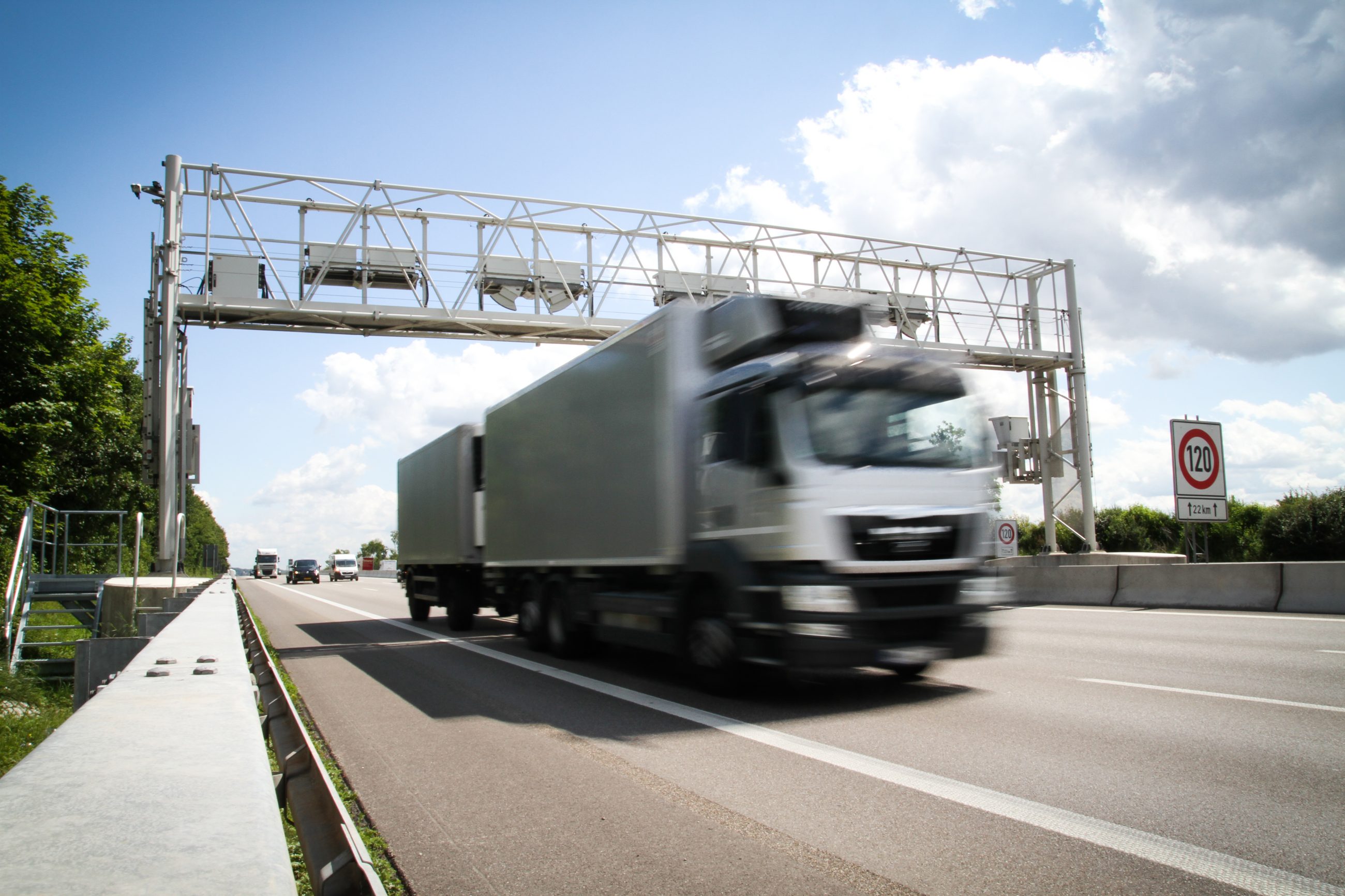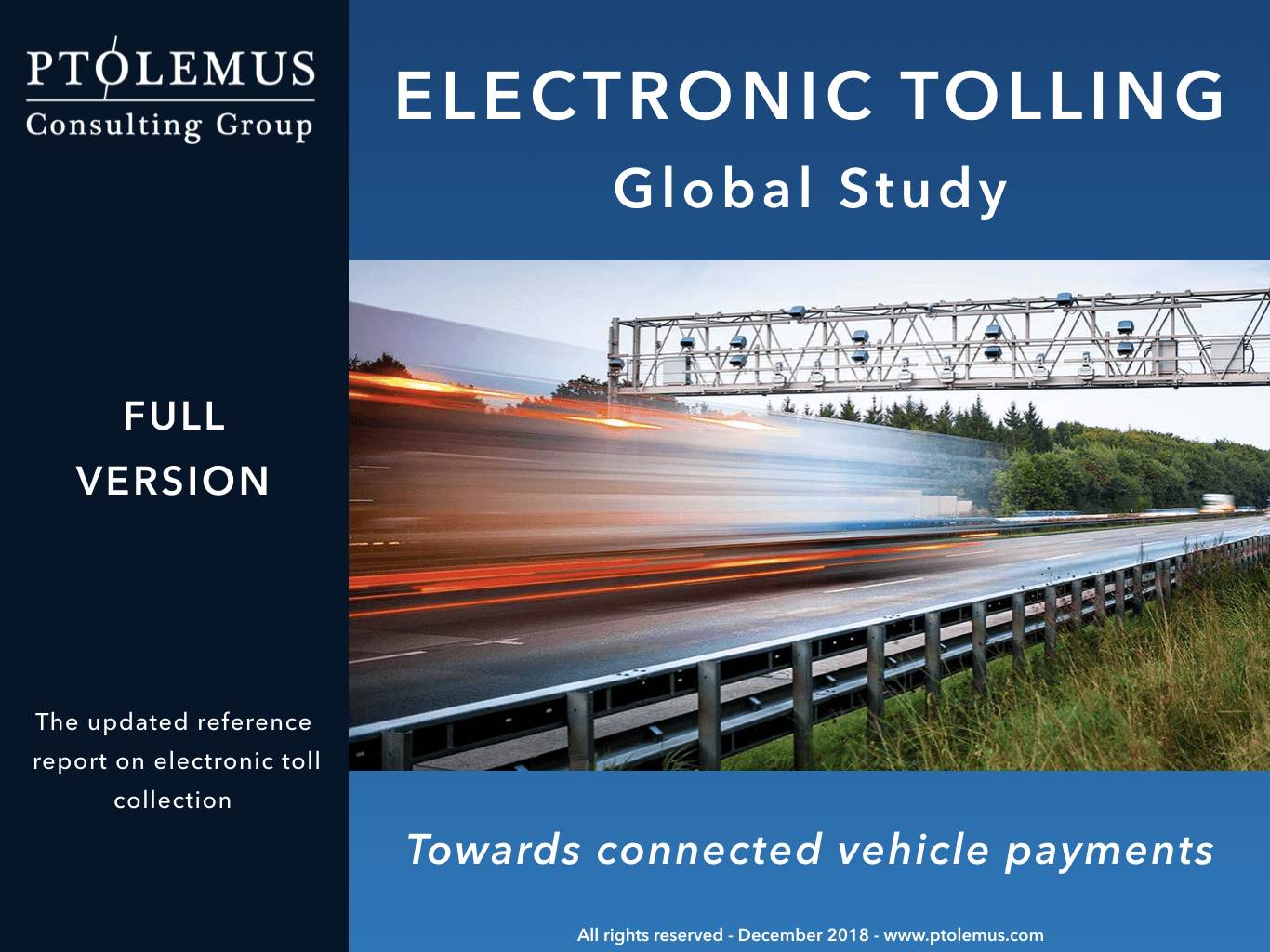The rise of the toll data central clearing house

The 2019 Electronic Tolling Global Study has been out for several months now and we are already beginning to see some projections come to life. One of our predictions was the increased proliferation of toll data clearing houses between road concessionaires, states, and even countries. The goal of these clearing houses: enforcement and interoperability.
The European Union (EU) might be bringing this model to life on the largest scale yet with an announcement by the EU Council to develop a back-end information sharing system for toll charge enforcement between all 28 Member States.
Though the operational specifics are not clear at this time, we believe that this system might mimic what we define as the central clearing-house model. In this system, automatic number plate recognition (ANPR) cameras send licence plate details to a data hub and match them to accounts throughout the area of service for enforcement. It has already been launched in several countries around the globe.
 In Ireland, the Interoperability Management Services (IMS) clearing hub, managed by Abertis’ owned Emovis, supports interoperability between 11 toll roads and 14 service providers.
In Ireland, the Interoperability Management Services (IMS) clearing hub, managed by Abertis’ owned Emovis, supports interoperability between 11 toll roads and 14 service providers.
In Colombia, a national resolution has mandated the outfitting of all toll gantries with at least one interoperable ETC lane, enabled by a data sharing system for concessionaires in the back-end, by March 2019.
The United States have also been attempting to develop their own nationwide clearing-house with the development of the ATI Hub, managed by the Alliance for Toll Interoperability, a public association.
The PTOLEMUS 2019 Electronic Tolling Global Study analyses in 750 pages these evolutions and other core strategic evolutions to the Road User Charging (RUC) market, covering 40 countries worldwide.
For more information, please download the free report abstract here.
